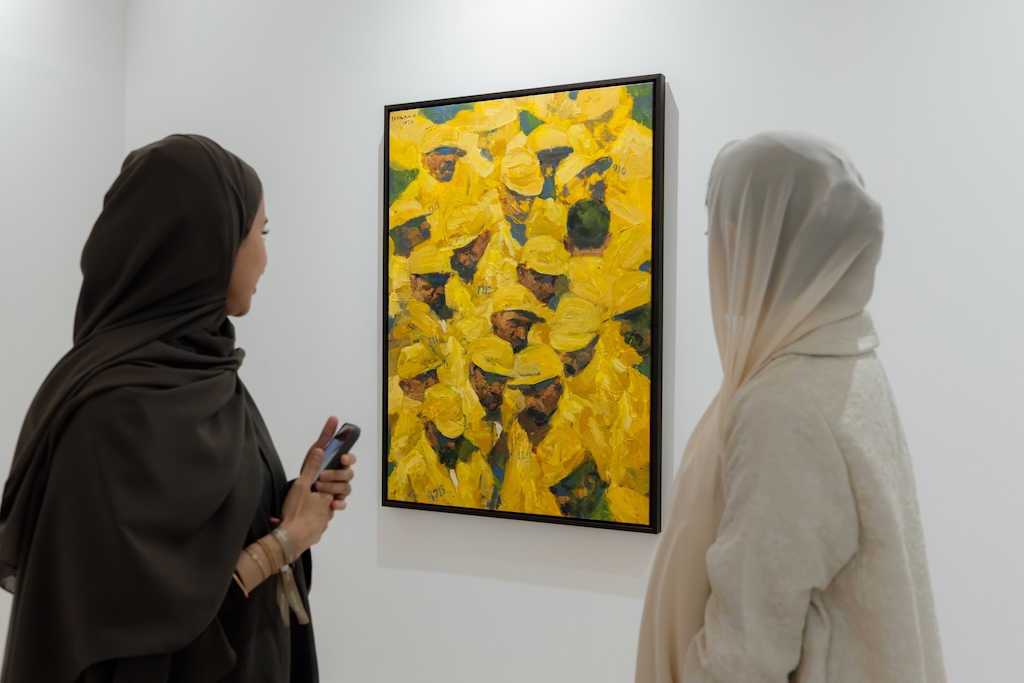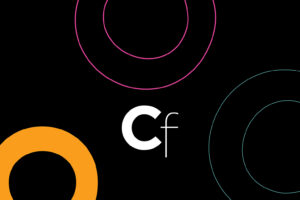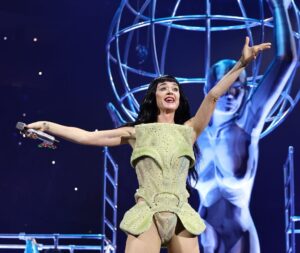The Dubai Collection Tests the Limits of What an ‘Institutional Collection’ Actually Is

Earlier this month, attendees of this year’s Art Dubai fair wandering the Madinat Jumeirah resort likely came across an entirely different window into the art of the region, the Dubai Collection.
Billed as the emirate’s first institutional collection of modern and contemporary art, the Dubai Collection launched in 2021 under the patronage of Sheikh Mohammed bin Rashid Al Maktoum, the prime minister of the United Arab Emirates and the ruler of Dubai. The term collection is being used loosely here: there is no brick-and-mortar institution to visit, nor does it acquire work. Instead, it exists primarily as a digital platform where Dubai’s top collectors—including Al Maktoum—list their holdings and a series of exhibitions that offer curated glimpses into the over 1,000 artworks listed on the platform. (There are also research, education, and cultural preservation initiatives funded by the Collection.)
At Art Dubai, the Collection put on its third such exhibition, “Common Grounds.” Organized by three Zayed University students under the mentorship of established curators, the show brings together artworks created between 1949 and 2024 to thoughtfully explore themes of place, memory, and identity.
But the exhibition raised more questions than it answers, namely: What is an institutional collection that doesn’t hold artworks, has no permanent location, and exists primarily as a sleek online platform? Even in a city is always looking towards the future and which seems to value flash over substance, the Dubai Collection appears more like a marketing concept than an enduring cultural institution.
That was the sense I got from speaking with Dubai-based collectors during Art Dubai. One such collector, who spoke on condition of anonymity, told ARTnews that the branding is misleading. “The first problem is calling it ‘the Dubai Collection,’” he said. “The only thing the collection has to do with Dubai is that all the patrons live here.”
Another collector and an early patron of the project—also speaking on condition of anonymity—told ARTnews that the Collection needs to evolve. “The collection has to move beyond Middle Eastern art,” the collector said. “If they want to stay digital only and forgo a physical space, they need to grow. And they need to do more exhibitions. They just aren’t doing enough.”
While a significant portion of the Dubai Collection’s listings focus on the UAE’s own cultural development—featuring figures like Hassan Sharif, Abdul Qader Al Rais, and Sarah Almehairi—there’s an unmistakable global bent, a reminder that Dubai sees itself as an international crossroads first and foremost. About 20 percent of the works come from outside the region, and nearly 100 female artists are represented, signaling at least a notional commitment to diversity.

The Dubai Collection’s approach stands in contrast to the city’s other major institutional presence, the Jameel Arts Centre, which opened in 2018 with a more conventional setup: a physical building, a permanent collection, and a strong emphasis on public programming, education, and research. That institution, founded and funded by Art Jameel, positions itself as a regional hub for dialogue and artistic production, with a clear artist-centric mission. (Dubai has invested in other traditional museums too, if you can call the $136 million Museum of the Future, traditional.)
Where Jameel prioritizes commissioning new work and fostering a local creative ecosystem, the Dubai Collection leans more heavily on collaboration and spectacle. Aside from temporary exhibitions, the Collection’s other major touchpoint with the public is Dubai Collection Nights, which had its third edition in March during Ramadan. For the initiative, the Collection held a series of events like panels, artist studio visits, and tours of patrons’ residences.
The Dubai Collection’s model is nimble, allowing patrons to contribute works while retaining legal ownership. That may befit the city’s fast-moving, progress-at-all-costs image, but it prevents the Collection from being an actual cultural commons that can grow over time. And that’s what the city really needs, one collector told me: a permanent collection that reflects its identity—something more akin to what the Whitney Museum of American Art represents for New York. A true Dubai collection, in his view, would tell the story of the city itself, rather than merely reflecting the tastes of its residents.
The true test of the Dubai Collection likely lies less in whether it can mount a more robust exhibition calendar and whether it can find some compromise between innovation and tradition, between rapid growth and lasting roots. For now, the Dubai Collection stands as an experiment in cultural ambition—a museum without walls, and a work very much in progress.





